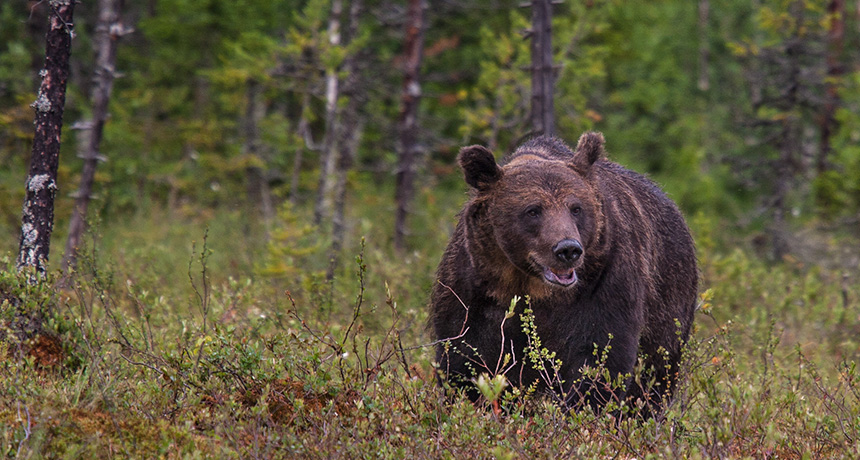Finland’s brown bears on surprise fast track to recover diversity
Genetic variety rising, possibly with help from stray Russian bears

GOOD NEWS BEARS Brown bears in Finland are shuffling back from near extinction and startling geneticists with the speed of genetic changes.
Alexander Kopatz





